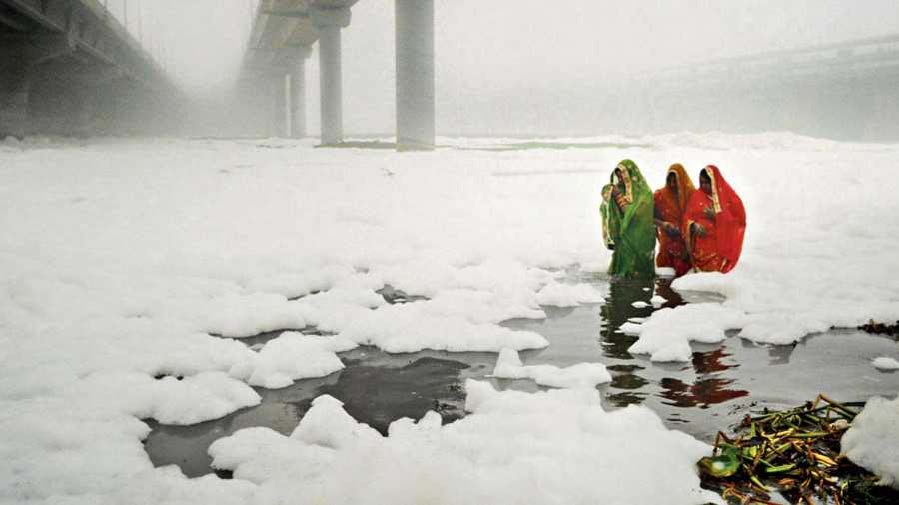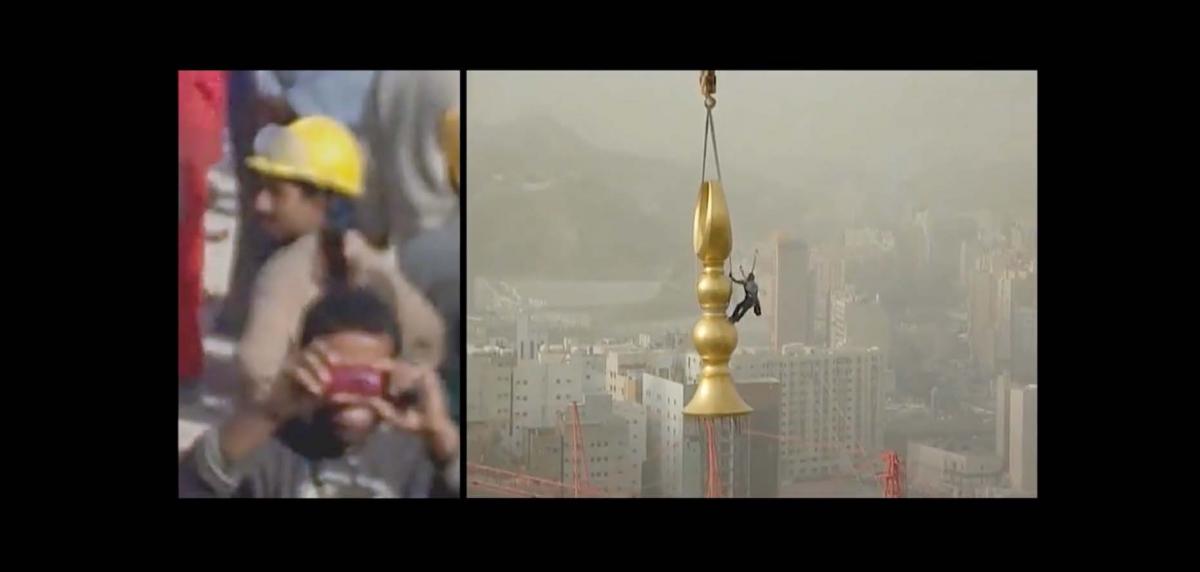Spring 2023
|
4.617 Climate Futures, Cities Past
“Moving images move us: they project our imagination across the territory of the world they produce, drawing viewers into the movement of the storyline, the actions and reactions unfolding in and through and around the places and characters portrayed.” – Adrian J. Ivakhiv Do moving images, indeed, move us? If so, who would like to move us, how, to where, and why? Cinematic meditations on the environment have grown and proliferated in the past century, ranging from experimental video art, indie favorites, agitprop, activist docs, to blockbuster productions. This course critically explores the narrative structures, aesthetic norms, environmental imaginations, and “biofictions” embedded in these film-worlds. The Senegalese novelist and filmmaker Ousmane Sembène believed that cinema was a form of cours du soir (evening classes) that despite its high economic cost, was a powerful tool of pedagogy and persuasion due to its accessibility and mass appeal Perhaps these very claims of film’s impact and ability to move people intellectually, creatively, and emotionally explains why it remains an attractive medium for artists, activists, and architects who are explicitly or implicitly engaged with environmental concerns. These concerns include indigenous struggles for territory, disasters, displacement, mining, energy, extinction, waste, water, toxicity, degradation, deforestation, symbionts, seed sovereignty, refugee housing, ecological collapse, climate trauma, policy paralysis, and resurgent presents and futures. Whether the promise that these films will lead to collective, desired change is fully realized or not, film-worlds create “an atlas of emotion” which connect sight, site, motion, and emotion. This course asks how can such connections help conjure other ways of living through feeling? Climate Futures, Cities Past thus, engages with eco-philosophy, film theory, and architectural approaches to environmental crises through a seminar-workshop model. Students will examine material, perceptual, and social dimensions of visual storytelling as they pertain to our unstable conceptions of both ‘climate futures’ and ‘cities past.’ This inquiry is important given that the historic rise of industrialized urbanity with its insatiable demand for fuel, food, forced labor, along with formal and spatial hierarchies stands accused of causing or accelerating the climate crisis. Moreover, the politics of constructing climate as a matter of urgency through an elite imagination of an apocalyptic dystopia yet to come disregards that “the majority of the world already lives ‘within the collapse of civilization’,” one which is unevenly distributed across time and space. In addition to completing readings and video reflections, students will produce a 7-to-10-minute essay film through an iterative process spanning thirteen weeks. This essay film can take several forms, such as a short documentary, animation, narrative short, interactive film, poetic meditation, moving image drawing, video art, LIDAR film, or data visualization-driven reportage à la Forensic Architecture. Students will be asked to work on a site or topic that is either the subject of their primary thesis research or part of an existing, long-term research project. Moreover, students will have access to extra-class instruction on Adobe Premiere Pro with a professional Film Editor, who will also help them finalize their projects. |
MIT School of Architecture & Planning SA+P Courses
MIT Department of Urban Studies & Planning Courses
AKPIA at Harvard - Aga Khan Program at the GSD

